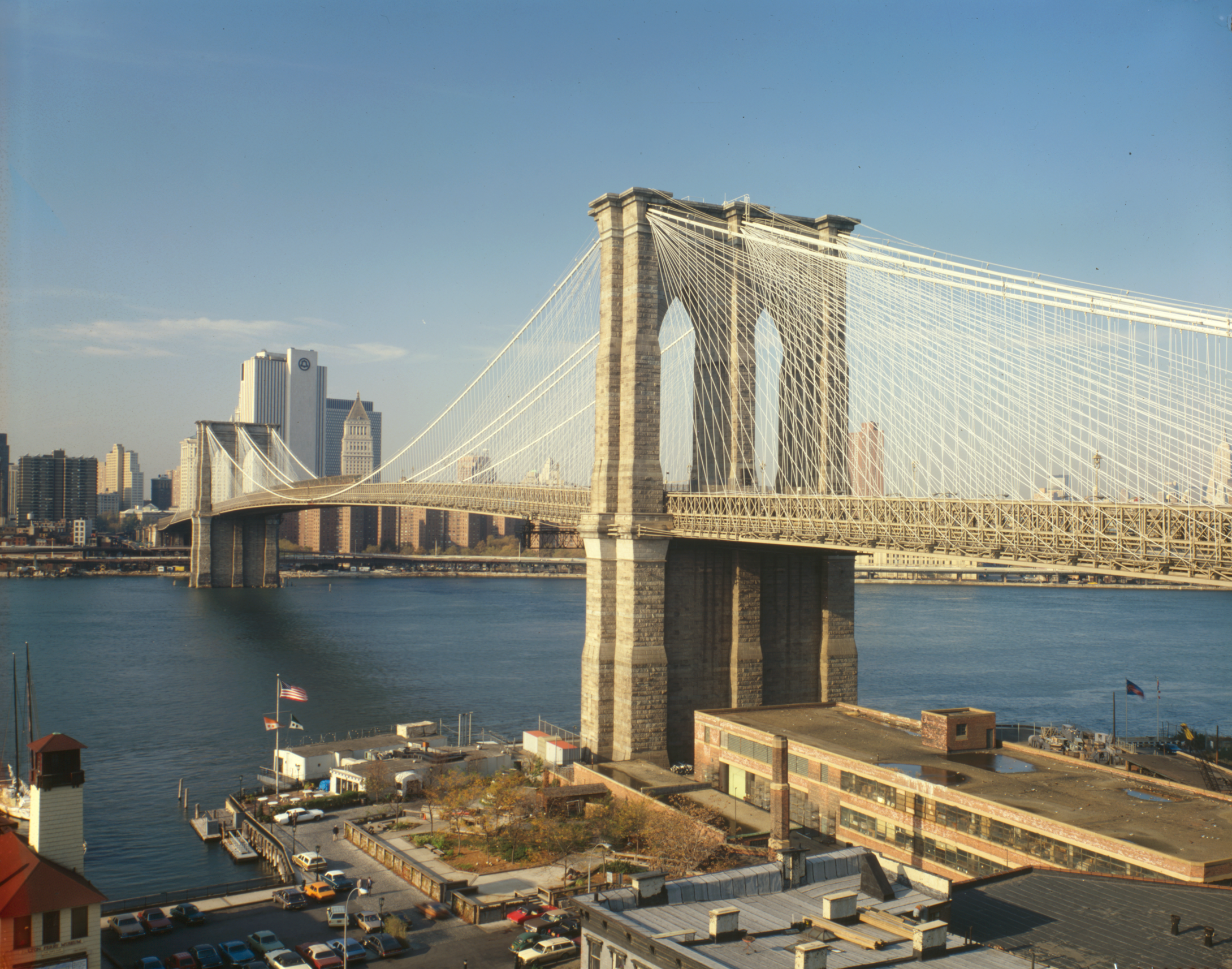Shot size
Shot size implies how much of the scene is joined within the picture, and whether it primarily shows the setting, individuals within the setting, or points of interest of faces and things, or how much of the setting or subject is shown inside a given outline of a video, photo, or liveliness, thus the scope or size of the shot. Distinctive sorts of camera shots in film or video communicate diverse account values and are combined amid post-production to tell a story.
Today, we will
conversate approximately the 9 most utilized shot sizes within the film-making
industry.
Establishing
shot.
Several trademark
usages of an establishing shot include:
• Using aerial or
wide shots to offer context on the geographical position.
• Demonstrating the
flow of time.
• Establishing the
atmosphere and tone of a sequence or perhaps foreshadowing an action.
• Supporting the
scene in time providing Sufficient supporting facts.
• Producing a new concept.
Here is an illustration of an establishing shot:
Extreme
wide shot
The extreme wide
shot (formerly known as an extreme long shot) is a camera shot size, which
makes your character look relatively small compared to their surroundings.
An extreme long shot may also be used to make your subject appear
distanced or unfamiliar. As an establishing shot, an extreme wide shot might be
employed. They're so big — so big — that it's impossible not to take in the
entire expanse of the location the filmmakers are presenting.
Here is an illustration of an extreme wide shot:
Wide
shot
A wide shot, commonly referred to as a long shot, is a camera shot that balances both the subject and environment imagery. A wide shot keeps a good deal of space both above and below the character. A long shot also gives the viewers a better idea of the scene-setting and gives them a better idea of how the characters fit into the area. The wide shot also creates narrative distance with the subject.
Here is an illustration of a wide
shot:
Full
shot
In the film industry, a full shot is a camera shot that allows your subject to fill the frame from head to toe while allowing some scenery to show through. A full shot lets the spectator observe both the physicality, body language, and actions of a character while also seeing their emotions on their face. Full shots can be utilized with one character or numerous characters to portray the setting and context of the character. The ability to see a character's entire physique can aid in the identification of who they are. Posture, clothing, and movement may all indicate who a character is, probably more so than any conversation. A conversation between two characters includes their verbal speech and body language. Body language can be deceiving.
Here is an illustration of an extreme wide shot:
Medium
Wide Shot (MWS)
The subject is framed from around the knees up in a medium-long shot (also known as a medium-long shot). It distinguishes between a full and a medium shot. It can also be filmed from any angle.
An example of a medium-wide shot size is as follows:
Medium
Shot (MS)
Let's move on to
camera shots that disclose additional information about your subject.
One of the most popular camera shots is the medium shot. It's similar to the cowboy shot above, except it frames the body from the waist up. As a result, it draws attention to your subject while keeping its surroundings visible.
The medium shot size is
demonstrated in the following examples:
Medium shots may appear to be the most common camera shot, yet every picture size has an impact on the spectator. A medium shot is frequently used as a placeholder for speech segments that will be followed by a close-up shot.
Medium
Close Up (MCU)
From around the
chest up, the medium close-up frames your subject. As a result, it usually
prioritizes the face while keeping the topic at a safe distance. Even during
their face-to-face talk, the figures seem hauntingly distant due to the medium
close-up camera shot size.
The following is an example of a medium close-up shot:
Close
Up (CU)
When you need to expose a subject's feelings and reactions, it's time for a close-up shot. Close-up camera shots fill the frame with a portion of your subject. If your subject is a person, it's usually their face that you're looking at. A close-up, out of all the numerous types of camera shot sizes in cinema, is ideal for moments that are crucial to the character. The shot is close enough to capture little feelings but not so close that we lose vision. Close-ups are also excellent camera angles for monologues. They let the audience get up and personal with your character, allowing them to see their facial expressions in more depth.
Here's an illustration of the size of a close-up shot:
Extreme
Close Up (ECU)

Here's an illustration of a shot with an extreme close-up:
RESSOURCES:
· Wikipedia, the free encyclopedia
· Video, TV & Film Production Management Software | StudioBinder


















No comments:
Post a Comment